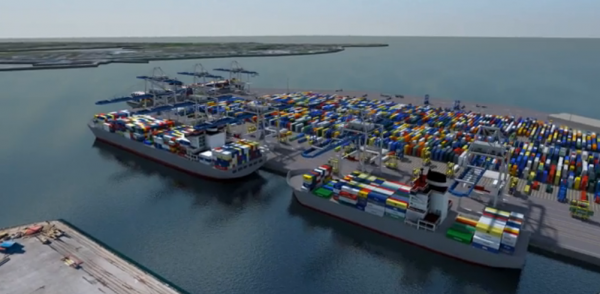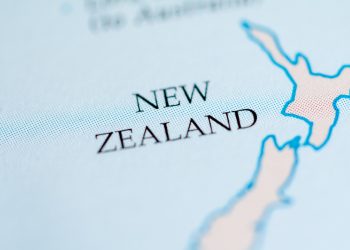Ports of Auckland (POAL) released the results of its study regarding the feasibility of using shore power for cruise ships berthed in Auckland. ‘Shore power’ is the industry term to describe ‘plugging-in’ cruise ships to the national grid.
The study selected cruise ships, as the cruise industry has been proactive at addressing environmental issues over the past decade and these vessels are more frequently fitted with the on-board infrastructure required. This, along with high individual electricity demand while at berth is expected to increase utilisation and deliver the highest emission reduction return.
The study looked at the feasibility of a wide range of emission reduction technologies, such as:
- Shore Power (grid supplied, local generation including renewables, hybrid),
- Fuel switching (methanol, LNG, Low Sulphur Diesel),
- Land/barge based exhaust capture systems and
- Ship based scrubbers.
Viable solutions were viewed against a range of social and environmental attributes in addition to whole of life cost. This holistic approach was used to provide a balanced assessment of the alternatives, with consideration of the stakeholder values.
The report recommended two options:
- Plan to implement shore power at one cruise berth in the next five years;
- Fuel Switching to 0.1% sulphur fuel
“POAL has decided adopt the recommendation to plan for shore power. Shore power has an estimated total cost of $18.3 million (±30%) and the potential to reduce greenhouse gas emissions by 31%. We will not pursue fuel switching at this stage because the greenhouse gas reductions it delivers are marginal. While fuel switching would deliver a large reduction in sulphur emissions, this reduction is due to happen with the introduction of new international rules on the sulphur content of marine fuels in 2020,” said Chief Executive Tony Gibson.
In 2018 POAL will conduct further work on shore power, including a detailed cost estimate, a cost-benefit analysis and an investigation of funding options.With these action POAL moves towards its 2040 zero emission goals and support Auckland Council’s Low Carbon Auckland Strategy.
Ports of Auckland CEO Tony Gibson added: “We have a goal of becoming a zero emissions port by 2040, and shore power has the potential to make a significant contribution to achieving this goal. In New Zealand we are fortunate to have over 80% of our electricity generated renewably, which also gives us the potential to have world leading emissions reductions from shore power. I am very pleased to support this project to the next stage.”
The report has been provided to the Auckland Council Sustainability Office and Ports of Auckland will co-ordinate with Auckland Council as this project progresses.
You can see the full report in the PDF herebelow































































